The Institute of Oriental Studies of the Russian Academy of Sciences. 19th Century
Our Institute has a long history dating back to the early 19th century; this year we will celebrate its 200th anniversary.
The Institute grew out of the Asiatic Museum, founded in November 1818 as a branch of the Imperial Academy of Sciences. It was opened upon request of Count S. Uvarov, the President of the Academy, who had been designing his project of the Oriental Academy for a while. At first, the museum was situated in Saint Petersburg, sharing the building with the Kunstkamera. Soon enough, it has already boasted a large collection of manuscripts in various Oriental languages, an abundance of books on history and cultures of the East and a variety of relics from different regions and times. During the early years of the Museum, the Academy of Sciences has already supplied it with a collection of rare Muslim manuscripts amounting up to 700 items, which had been purchased from J.L. Rousseau, the French Consul in Aleppo and Tripoli.
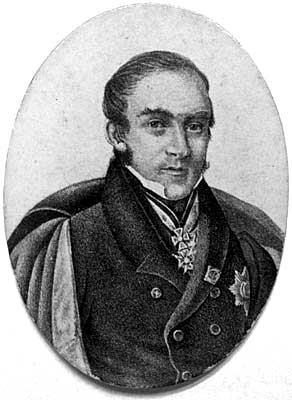 In November 1819 Academician H.D. Fren, the first director of the Asiatic Museum, published a report on the activities of his institution during the previous year in the press. This tradition was kept further, and soon, reports on the academic achievements of this Oriental Studies center were issued in numerous European publications. For instance, in 1849, the Museum started to publish its own journal in French, called “Mélanges asiatiques” (The Asian Notes). The Asiatic Museum, financially supported by the State budget, stored relics and provided Russian and foreign scholars with access to the Eastern manuscripts collection, even delivering them to researchers from other regions and countries.
In November 1819 Academician H.D. Fren, the first director of the Asiatic Museum, published a report on the activities of his institution during the previous year in the press. This tradition was kept further, and soon, reports on the academic achievements of this Oriental Studies center were issued in numerous European publications. For instance, in 1849, the Museum started to publish its own journal in French, called “Mélanges asiatiques” (The Asian Notes). The Asiatic Museum, financially supported by the State budget, stored relics and provided Russian and foreign scholars with access to the Eastern manuscripts collection, even delivering them to researchers from other regions and countries.
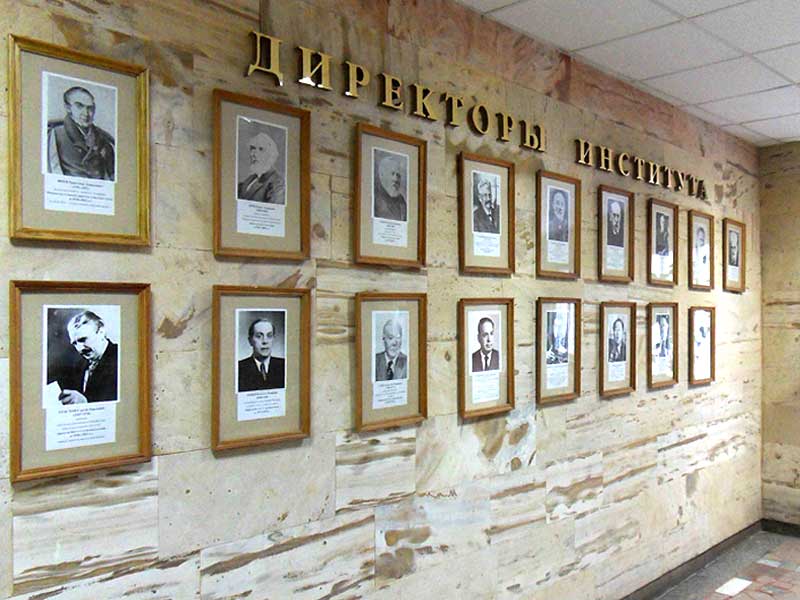 The Museum functioned not only as a place to store and exhibit artifacts, but also as a research center and an academic library. During the 19th century the Museum’s collection has grown significantly, being incessantly supplied with more new relics; newly discovered manuscripts and books by Orientalists of the world were being included into the library.
The Museum functioned not only as a place to store and exhibit artifacts, but also as a research center and an academic library. During the 19th century the Museum’s collection has grown significantly, being incessantly supplied with more new relics; newly discovered manuscripts and books by Orientalists of the world were being included into the library.
The Asiatic Museum has gradually become internationally recognized as a major European center for Oriental Studies. The institution played a crucial role in the organization of the 3rd International Congress of Orientalists in Saint Petersburg in 1876 (the 1st Congress had been held in 1873 in Paris, the 2nd one had taken place a year later in London).
By early 20th century the Museum has become a large, world-famous academic institution where internationally renowned Orientalists researched various fields including history, archaeology, religions, ethnology, linguistics and literature of the East. The names of those scholars are still known and remembered both in Russia and in the world.
The Soviet Era
After the Revolution of 1917 the Orientalists faced new challenges. Their researches in various aspects have then been aimed at making closer contacts with Eastern nations to increase Soviet Russia’s credibility and promote Socialist ideology there. In 1920s, USSR’s foreign policy and Comintern’s actions required a diligent investigation of cultures, history and languages of the Eastern countries, as better understanding of their peculiarities was needed to teach the people there about the creation of Socialist society. The colonized regions were seen as a hotspot of resistance against exploitation, susceptible to Communist ideas.
This trend needed a relevant theoretical base, for which the “Declaration on the Mission of Oriental Studies”, pointing out the importance of the fundamental research of Eastern countries, was issued in 1929. Moreover, the same year the government inspection commission acknowledged the Museum as a pillar of Oriental Studies within the Academy of Sciences and suggested that an academic institute based on it should be created.
Following the suggestion, in May 1930 the Central Executive Committee of USSR fused the Asiatic Museum with the Board of Orientalists, the Institute of Buddhist Culture and the Turkology Group into a brand new research center – the Institute of Oriental Studies of the Academy of Sciences, which fell within the responsibility of a newly created Department for Social Sciences of the Academy and coordinated the Oriental Studies research all over Soviet Union. Professor S.F. Oldenburg, a renowned indologist, was appointed as director of the Institute. The Institute’s academic scope included various aspects, such as the history of North African and Asian countries from ancient times to the 20th century, their languages, cultures, literature, economics, sociology, ethnology and much more.
Sadly, the repressions of late 1930s and the tragedies of World War II, particularly the Siege of Leningrad, claimed lives of numerous prominent scholars. Many of the researchers were killed on the battlefield, protecting their homeland; nowadays, their names are respected and cherished among us. Those who survived the fighting returned back to the Institute to continue their work.
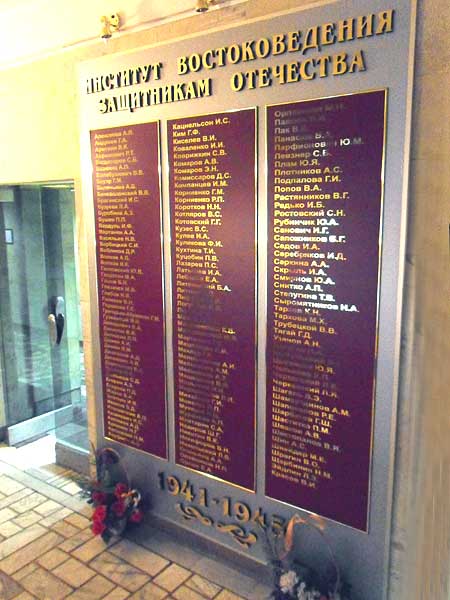 After the war, the tectonic changes both in the international politics and in the situation inside the country brought new, complex and serious questions for Soviet Oriental Studies. To solve them, more elaborate theoretical foundations and practical approaches were needed; therefore, the government took serious measures to reform the academic management. On June 1 1950, the Council of Ministers officially ordered to move the Institute from Leningrad to Moscow, according to the suggestion the Chair of the Academy had made. However, the bulk of manuscripts and the fundamental library remained in Leningrad, comprising the local branch of the Institute. The same year, the Institute of the Pacific was included into our structure.
After the war, the tectonic changes both in the international politics and in the situation inside the country brought new, complex and serious questions for Soviet Oriental Studies. To solve them, more elaborate theoretical foundations and practical approaches were needed; therefore, the government took serious measures to reform the academic management. On June 1 1950, the Council of Ministers officially ordered to move the Institute from Leningrad to Moscow, according to the suggestion the Chair of the Academy had made. However, the bulk of manuscripts and the fundamental library remained in Leningrad, comprising the local branch of the Institute. The same year, the Institute of the Pacific was included into our structure.
Our Institute is, and has always been the place where most prominent Russian Orientalists worked, researching various aspects of history and cultures of the East. Our scholars have played a major role in the development of important theoretical concepts; their fundamental works, many of which have been translated into European and Eastern languages, greatly influenced the international academic world. To mark and reward our great achievements, in 1980 the government awarded the Institute the Order of the Red Banner of Labor.
For more than 50 years the Institute’s branch in Leningrad (Saint Petersburg) has been fruitfully working as a part of our country’s main Oriental Studies center. In 2005, it became an independent institution within the structure of the Academy of Sciences, called the Institute of Eastern Manuscripts.
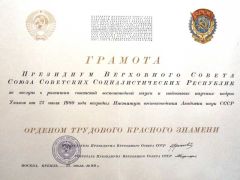
|

|
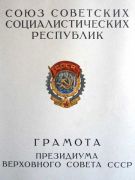
|